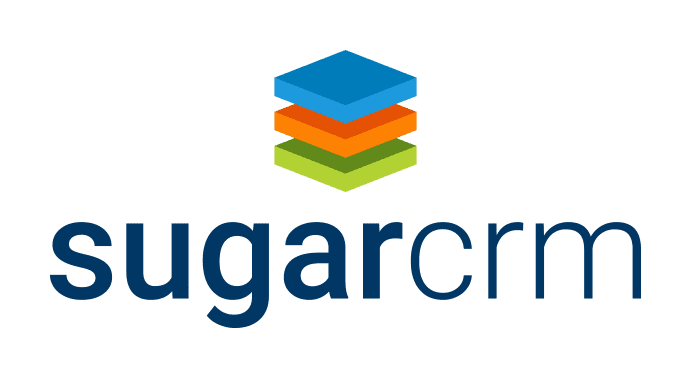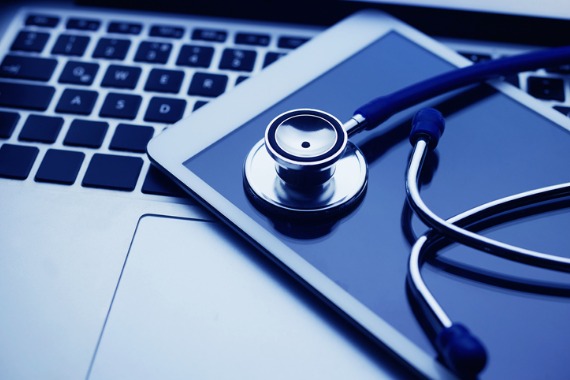INTRODUCTION
As organizations look for more ways to increase productivity and profitability, human resources departments are being asked to provide more strategic input to executives. Doing so requires tools that improve access to timely, accurate information for enhanced business decision making. If you don’t have a human resource management system (HRMS), HR can end up spending too much time on repetitive day-to-day tasks like paperwork while struggling to deliver meaningful workforce insights.
The right HR management software can help the HR team increase control over employee data, optimize productivity, and take employee engagement to the next level, so you can deliver the future workforce your organization needs to succeed. To find an HRMS that’s a good fit for your business, evaluate solutions with the following five areas in mind.
#1 Security
Let’s face it—when it comes to your employees’ personal data, you have to take every precaution to protect it. You need a system that you can rely on so that information is not mishandled or misused. In fact, that feeling of security is one of the main reasons you choose any software package—from email to online banking. You must be able to trust that emails won’t go to the wrong people and that someone else can’t steal money from your bank account. When it comes to trust and protection, a solid HRMS isn’t any different. If your HRMS does not have robust security features, should you really be using it?
Capturing personal information about the people in your organization is a sensitive role, and the repository needs multiple defenses, including encryption and dynamic, role-based security. You need a system that puts HR in control of employee data so you can protect against identity theft and safeguard benefits information to maintain trust and compliance with laws such as HIPAA.
An HRMS can be implemented on a company’s own servers (also known as on-premises), or it can be delivered online through the cloud (Software as a Service, or SaaS). Each deployment method offers different types of security protocols and may emphasize different types of potential security threats. It’s important that you understand the security functionality offered by each HRMS you evaluate.
#2 Reliability
We live in a 24×7 world, and your HRMS needs to be available for use at all times. In order to successfully provide decision support across your organization, your HRMS should help you deliver the right information to the right people for quick and timely action. Reports must be easy to generate or create, and actionable information needs to be at your fingertips.
Sometimes employees need access to information that is kept in the HRMS. For example, if an employee needs a pay stub for his bank, it would be nice if he could access this information securely, without having to bother the HR staff. With employee self-service (ESS) functionality, your employees and their managers would be able to access many types of information on their own, including time off, pay history and pay stub details, personal HR and contact information, important documents, and more. ESS means that employees and managers don’t need to wait for someone on the HR team to help them with routine requests—and that’s welcome news for the HR staff, too!
A reliable HRMS will have functionality to help you meet your record-keeping requirements and empower you with on-demand reporting that will keep you in compliance with workforce regulations. You should rest assured knowing that your system can handle the complexity of compliance and produce the records your organization would need to satisfy a government inspector or defend against an employee lawsuit. For the Fair Labor Standards Act (FLSA), OSHA, HIPAA, harassment, and anti-discrimination laws, your business must be on top of its HR responsibilities and confident of compliance. Since HR laws change constantly, your success can only be achieved by knowing, understanding, communicating, and documenting policies. It is imperative that you can rely on your HRMS solution to keep you up to date as well as communicate any changes to managers and employees.
#3 Centralized employee records
Is employee information entered into many different systems in your organization? How do you ensure that the information in all of those systems or spreadsheets is up to date?
Organizations often struggle with inaccurate records because each department uses a different system with separate date entry. An HRMS delivers improved data management by giving your organization one centralized database for all payroll, personnel administration, analysis, employee life-cycle management, and other critical employee information. Having a single source for all workforce information increases the accuracy and reliability of reporting and decision making.
An HRMS means having fewer systems to manage when it comes to managing employee records, benefits, payroll, and more. Changes in employee information flow through to all of the parts of the system. This reduces data entry, saves time for the HR staff, and improves the accuracy of your personnel data. An HRMS results in easier, more complete reporting and data analysis, which supports business decision making and facilitates the best possible strategic planning for your workforce.
#4 Communication
There is no better way to ensure that things get done properly than through consistent communication. Employees throughout your organization need to know company goals in order to work toward them effectively. But how do you ensure accountability? Whether your HRMS uses email alerts or delivers information through online gadgets, a great solution notifies your employees, managers, HR, and payroll staff when something needs attention.
Some human resource management systems include web-based services that can make company information easily available to employees through a simple, yet secure internet logon to a personalized employee work space. The gadgets can be a great way to deliver company announcements, create a file cabinet for commonly accessed documents, and publish a company directory.
With business monitoring and alerts, you can simplify HR processes by automatically notifying managers when overtime hours exceed the budgetary threshold or of upcoming employee certification renewal dates. Employee self-service capabilities can also help the HR department to communicate more effectively with employees and managers by making information easily available to them. In this way, your HRMS works for you around the clock and proactively helps you avoid problems that may have previously resulted in missed budget numbers, noncompliance risk, or confusion over time off or benefits.
#5 Return on Employee Investment (ROEI)
Secure, reliable, accurate information and more effective communication are keys to effective HR management. But what effect does it have on HR productivity and employee engagement?
Many of today’s organizations are taking the time to evaluate the Return on Employee Investment (ROEI). ROEI means getting value for the money you spend on your employees and employee management tools.
It’s important that organizations invest in their employees in order to increase employee engagement and retain their best-performing employees. Choosing the right HRMS can help your organization achieve better ROEI by supporting the HR department while it implements effective benefits and programs for recruiting and retention.
When you spend time, money, and other resources on an HRMS, does it improve HR efficiency? Does it make your employees’ work lives easier? Your HRMS should help you automate key business processes that affect employees. Give employees selfservice capabilities, empower them to make more-informed benefits elections, and get the tools you need to more effectively manage training and development.
CONCLUSION
HR management software helps HR professionals take control of personnel data by centralizing information. It also automates key workforce management processes, educing data entry and record errors. An HRMS provides record keeping and on-demand reporting to help keep your organization in compliance with ever-changing workforce laws. To deliver the most value to your organization, an HRMS should provide tight security, reliability, a single employee record, good communication, and a solid ROEI. With the right HR management software, you can deliver insights about the workforce that help your company become more productive, efficient, and profitable.

